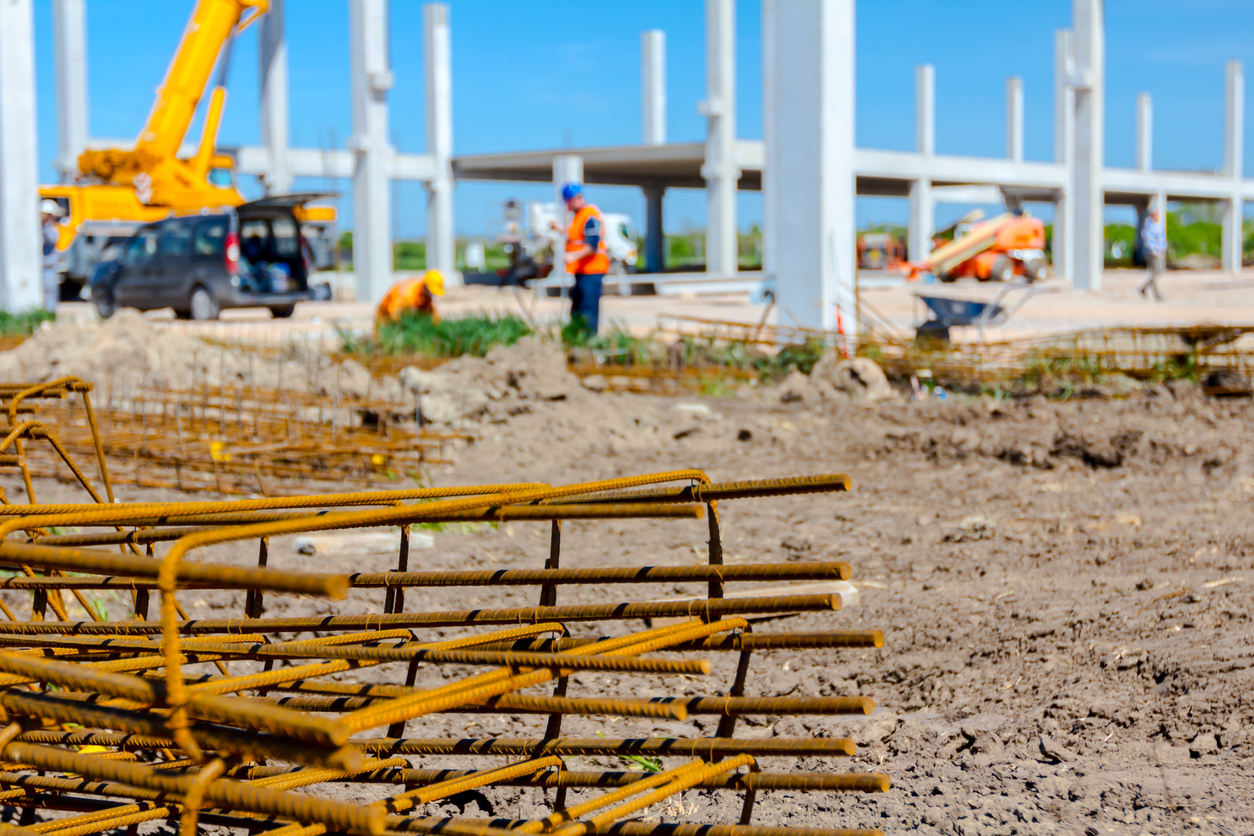Reducing Crane Accidents
To err is human.
According to the Crane Inspection and Certification Bureau, 90% of all crane accidents in the US are the result of human error. In addition to carrying crane operator insurance, crane operators must strive to improve safety. The Bureau of Labor Statistics records data on crane accidents. The most recent data shows that from 1997 to 2006, there were 818 crane-related fatalities.
Aside from fatalities, many other accidents result in injury, damage, and liability. If we breakdown crane accidents by type, most are caused by:
- Falls (20%)
- Electrocution (8%)
- Collisions (62%)
- Transportation incidents (10%)
Ensuring that all workplaces follow safety protocols is proven to reduce accidents.
Here are some tips to make crane operation safer:
Hire wisely: Only allow adequately trained personnel to operate cranes.
Inspect before you operate: Run through a checklist to ensure that everything is inspected for excess wear or damage (including ropes, chains, hooks, brake system, and other controls).
Reduce slips: All platforms, rails, steps, and walkways should have non-skid surfacing.
Never exceed operational capacity: Weight guidelines are not a suggestion. Every crane operator needs to adhere to the maximum load capacity and operating speed, post them in prominent locations. Before lifting a load, test how it’s balanced by raising it a few inches and pausing.
Watch out for other workers: Crane operators should NEVER lift or move a load over workers who are on the ground. There should be no access to the areas under or near the crane’s swing radius while the crane is in operation. Use barricades and hand signals to ensure compliance.
Be aware of surroundings: Watch out for other workers, vehicles, buildings, and overhead electrical wires.
Even with the utmost vigilance, accidents may happen. Keep your insurance for crane operators current.
If you haven’t reviewed your crane operators’ insurance recently, contact our crane insurance specialists to discuss your coverage needs.

